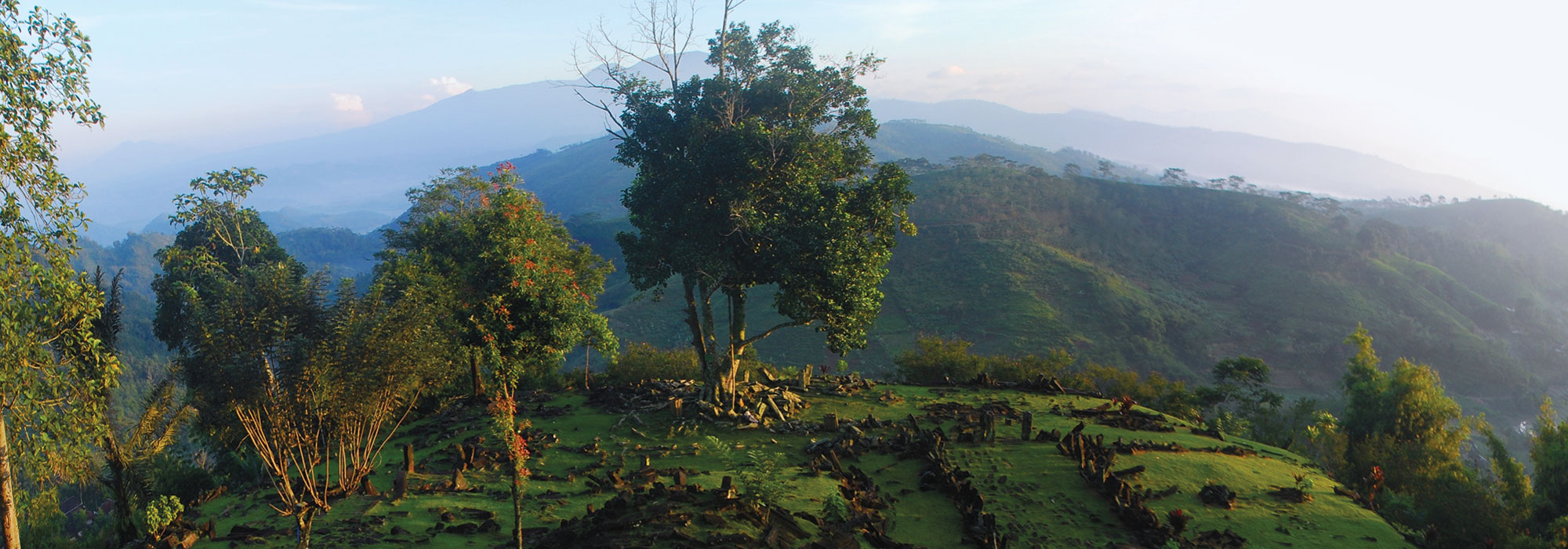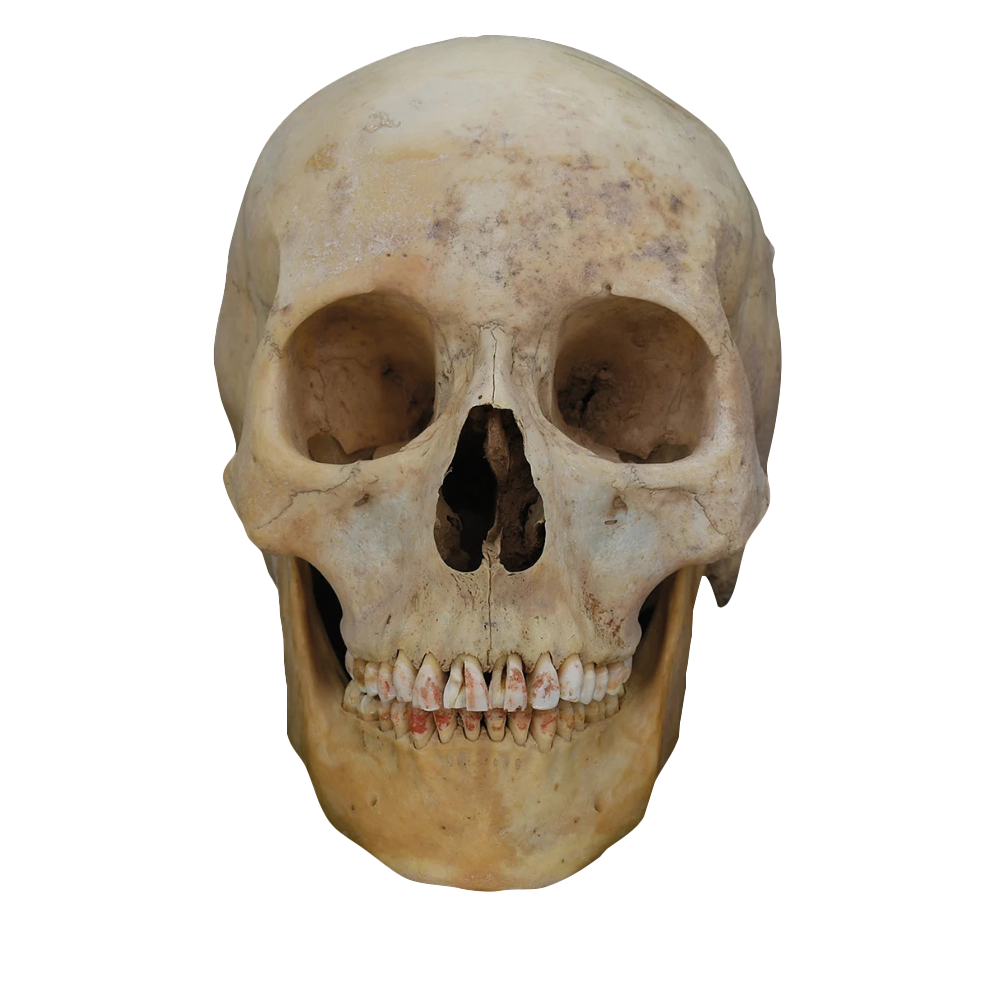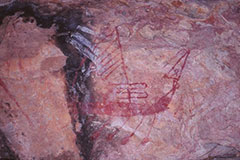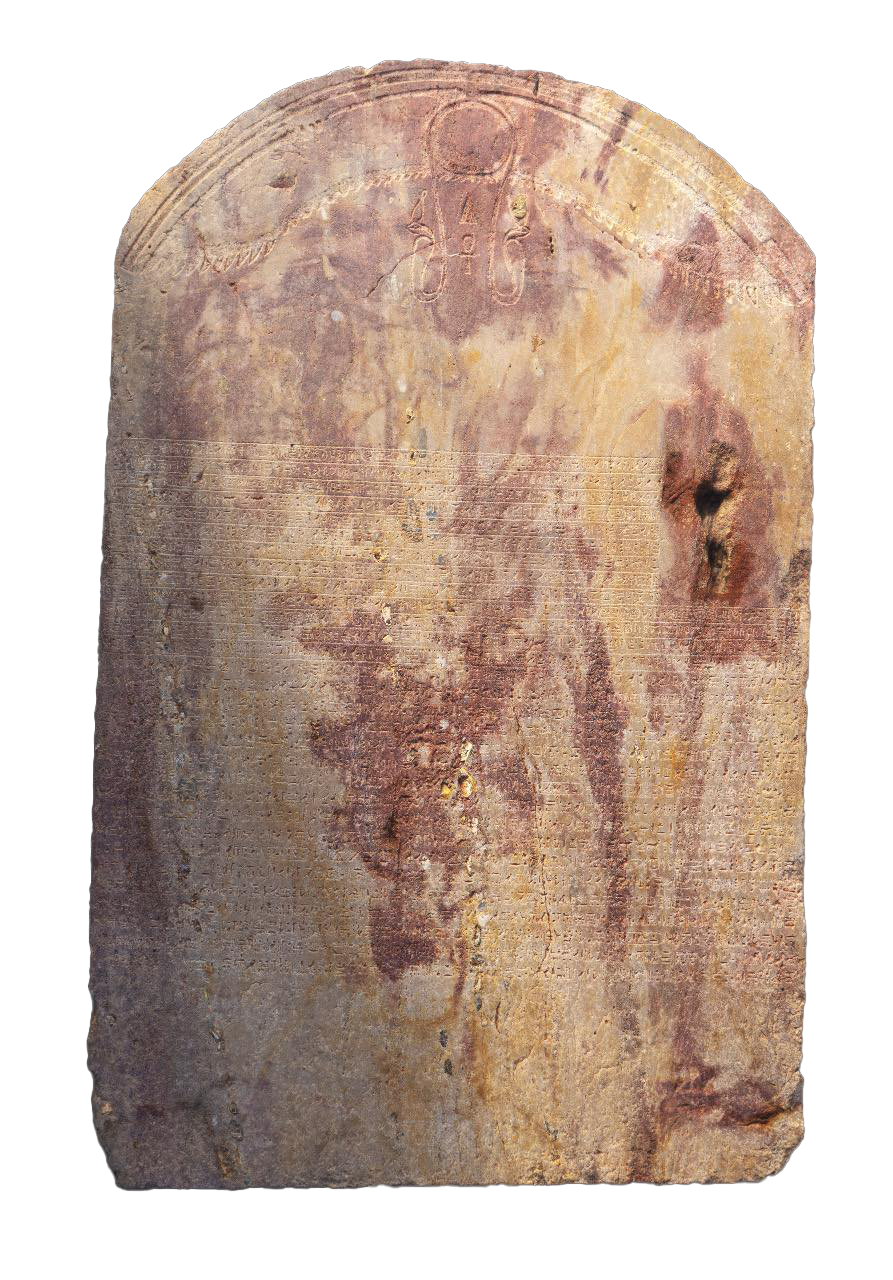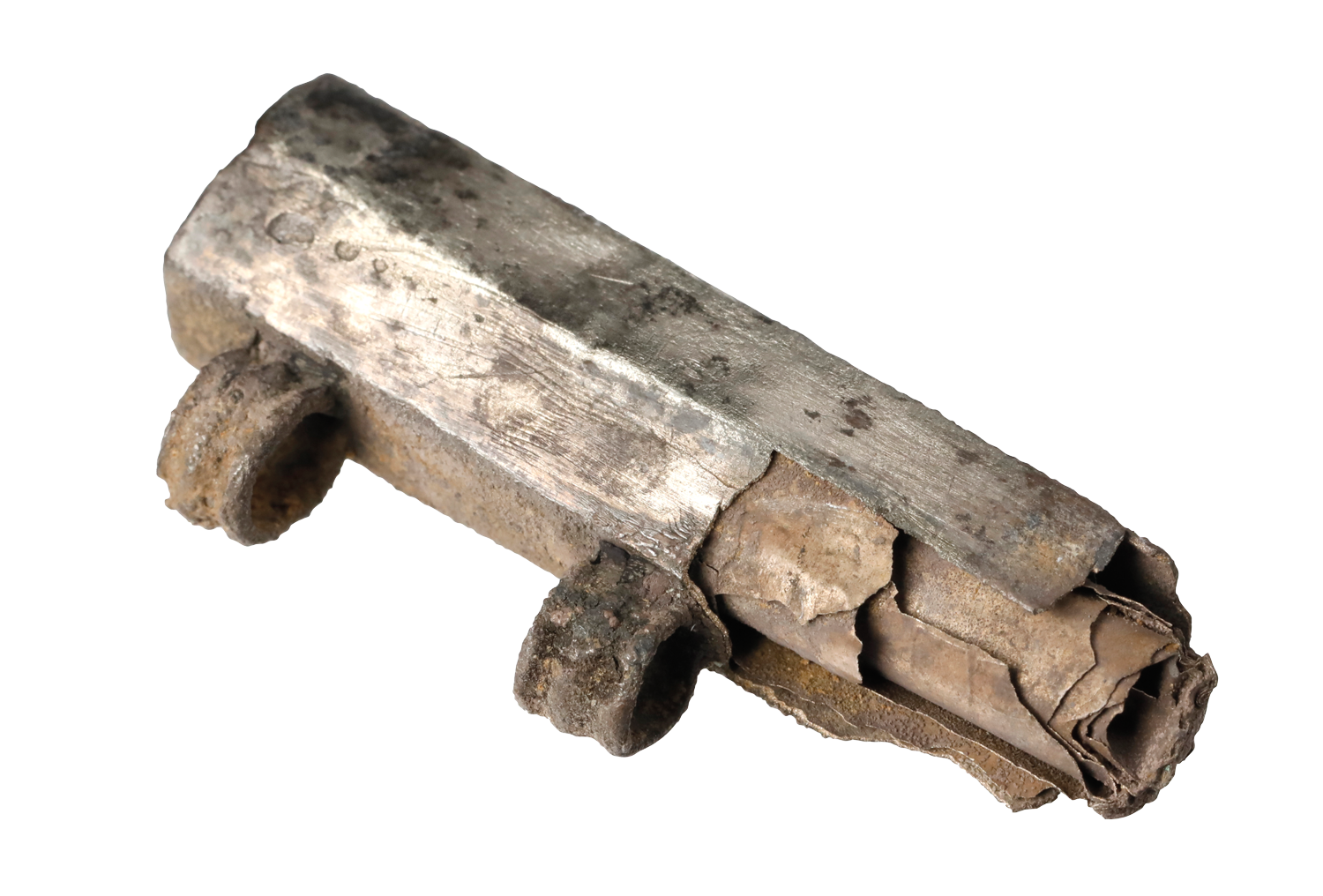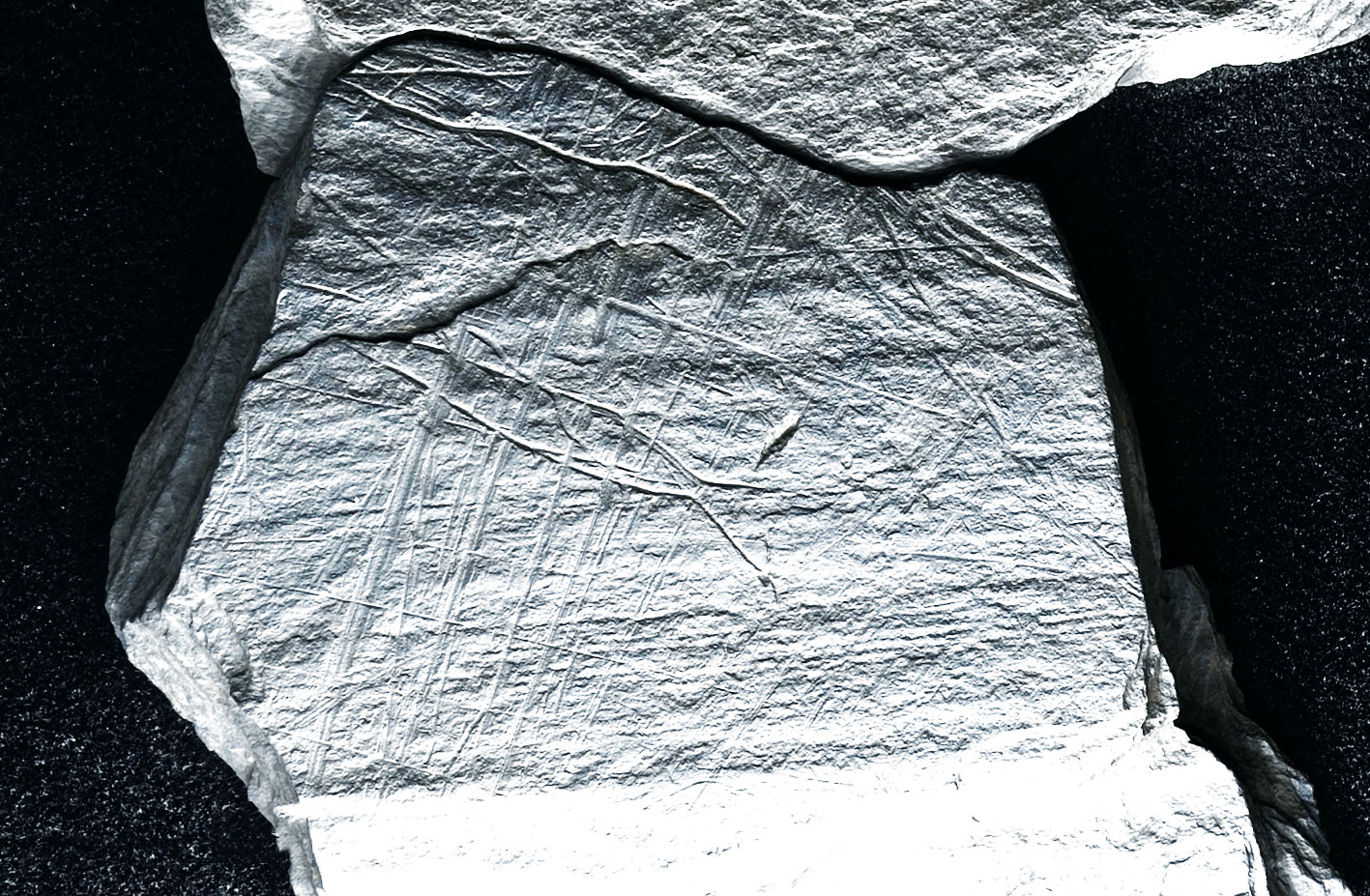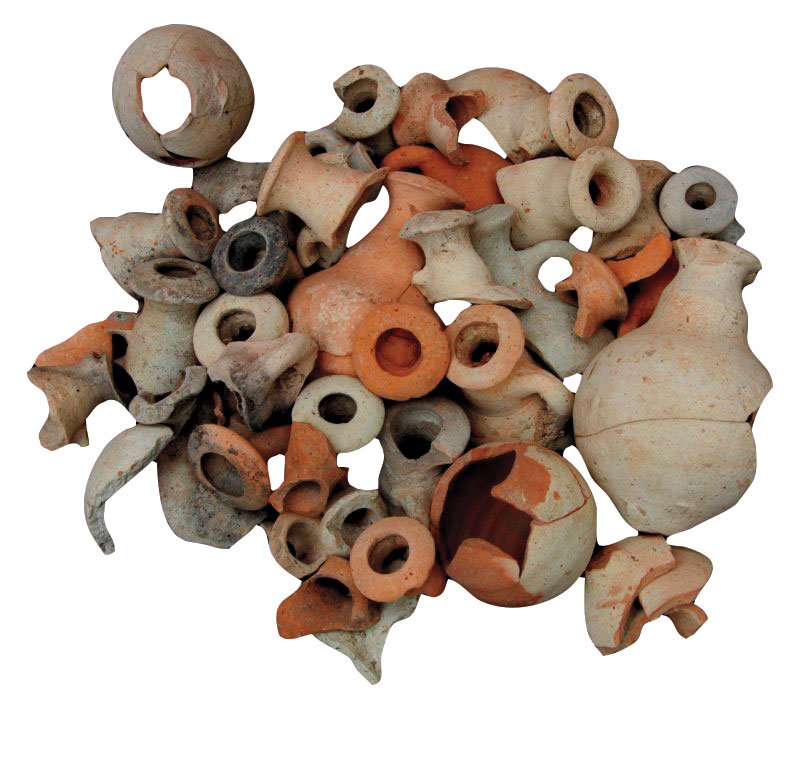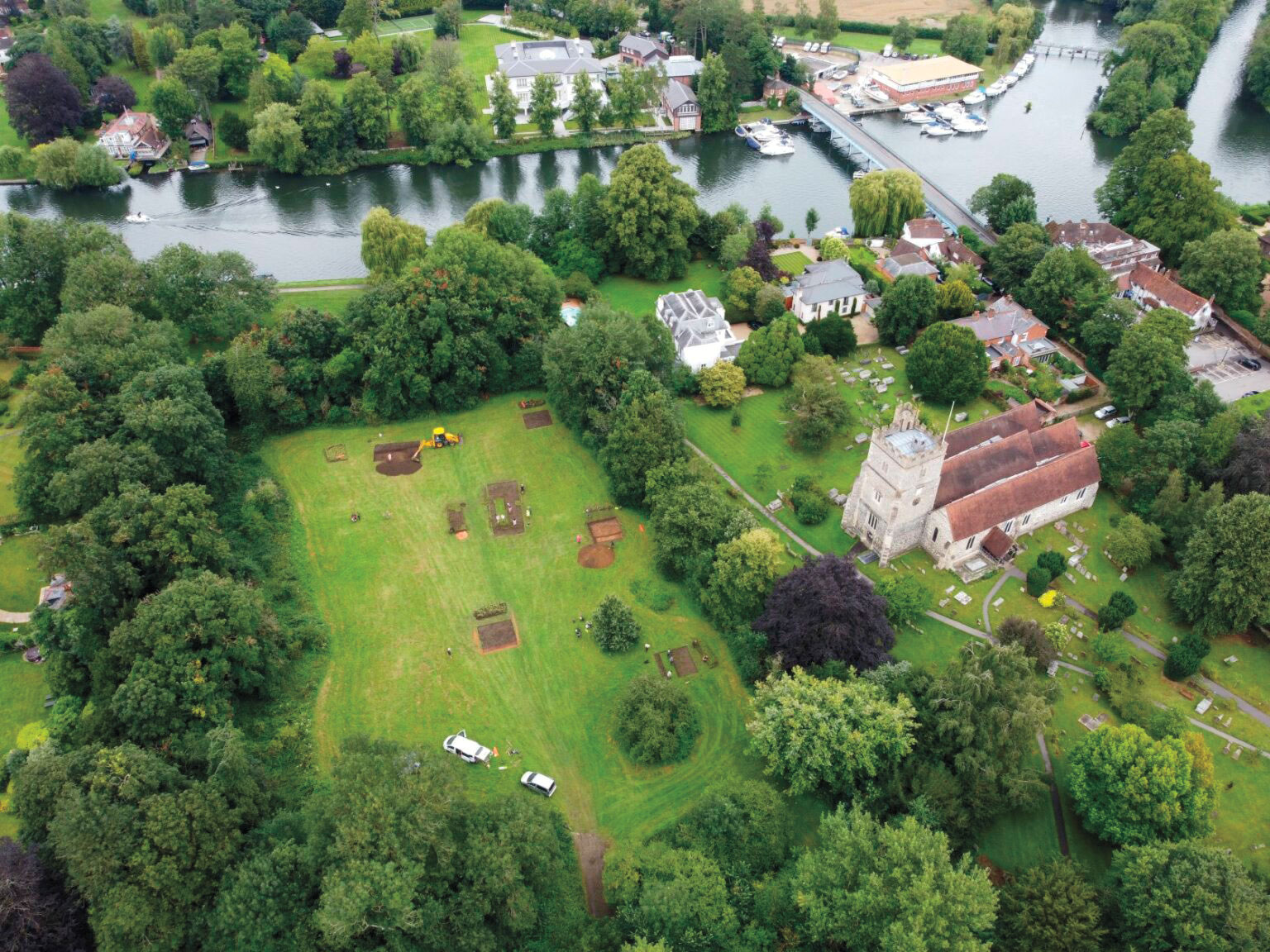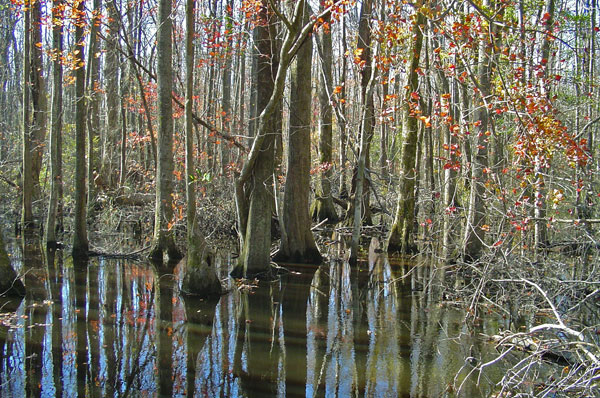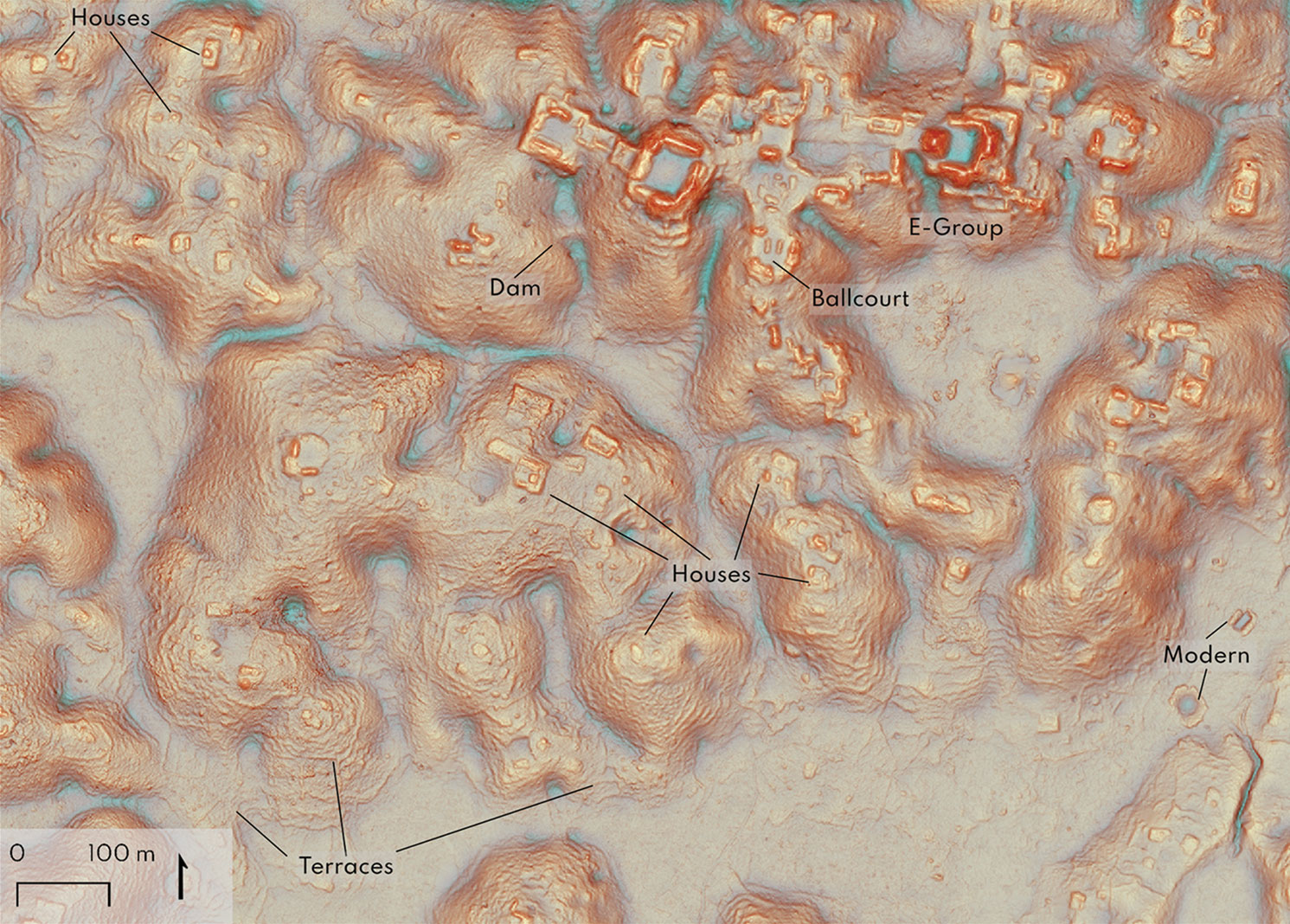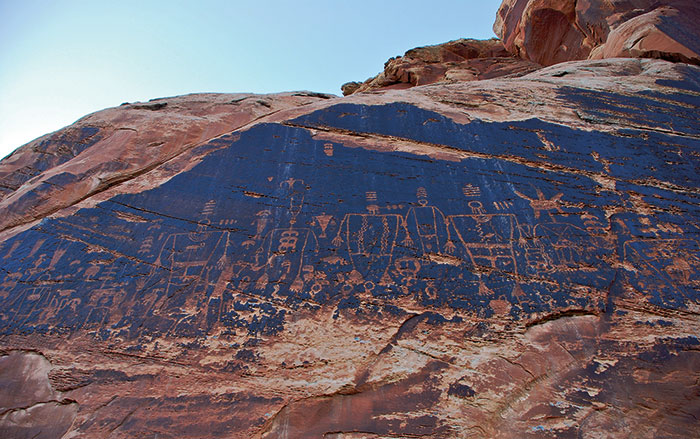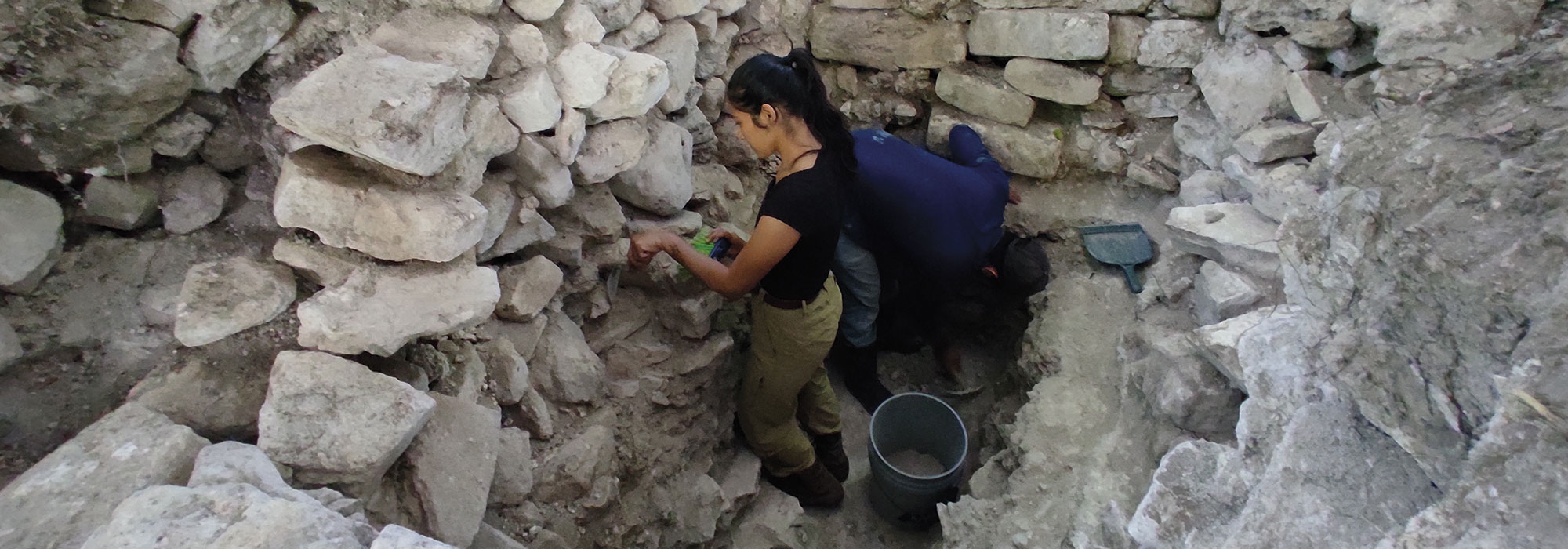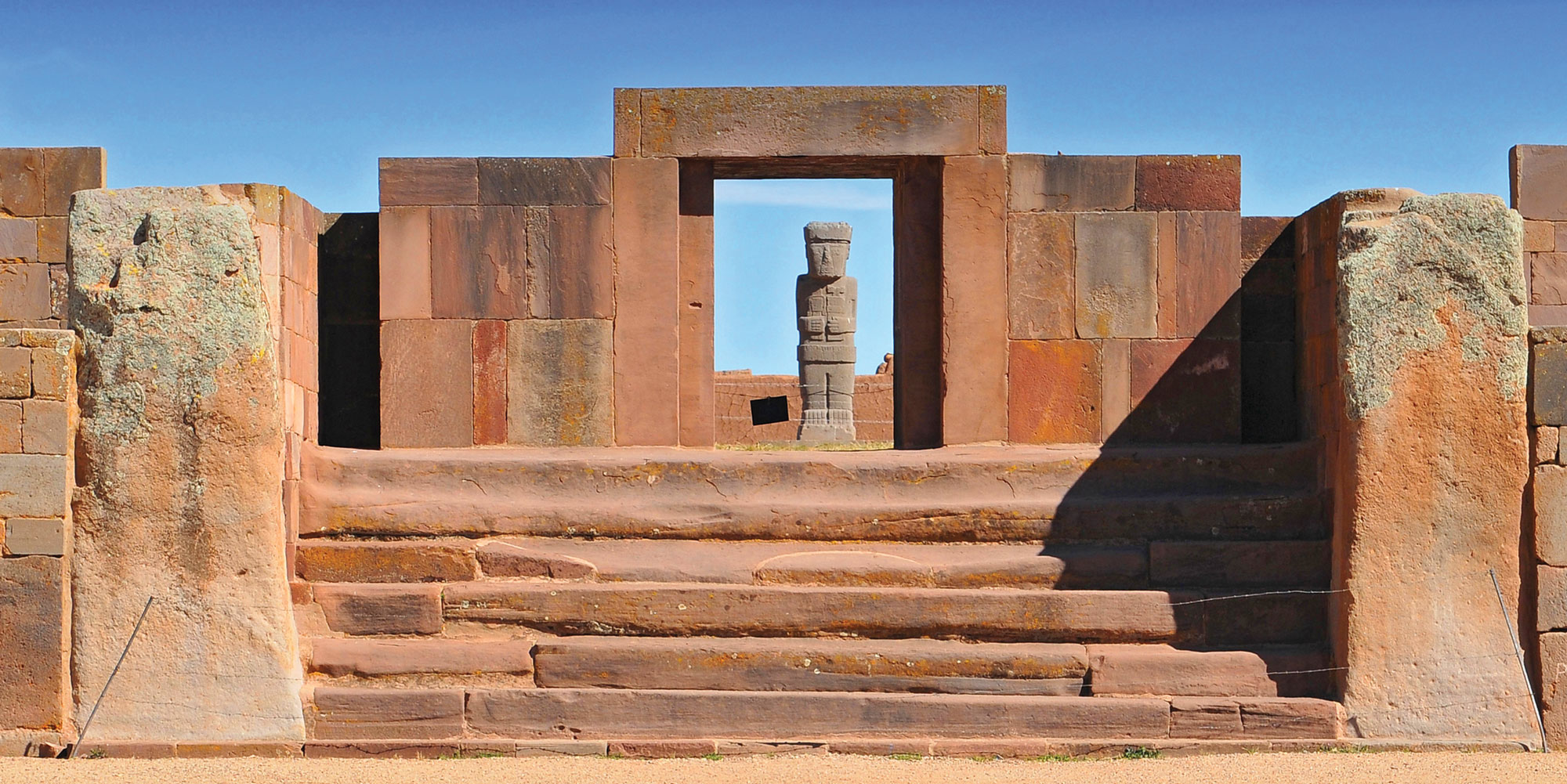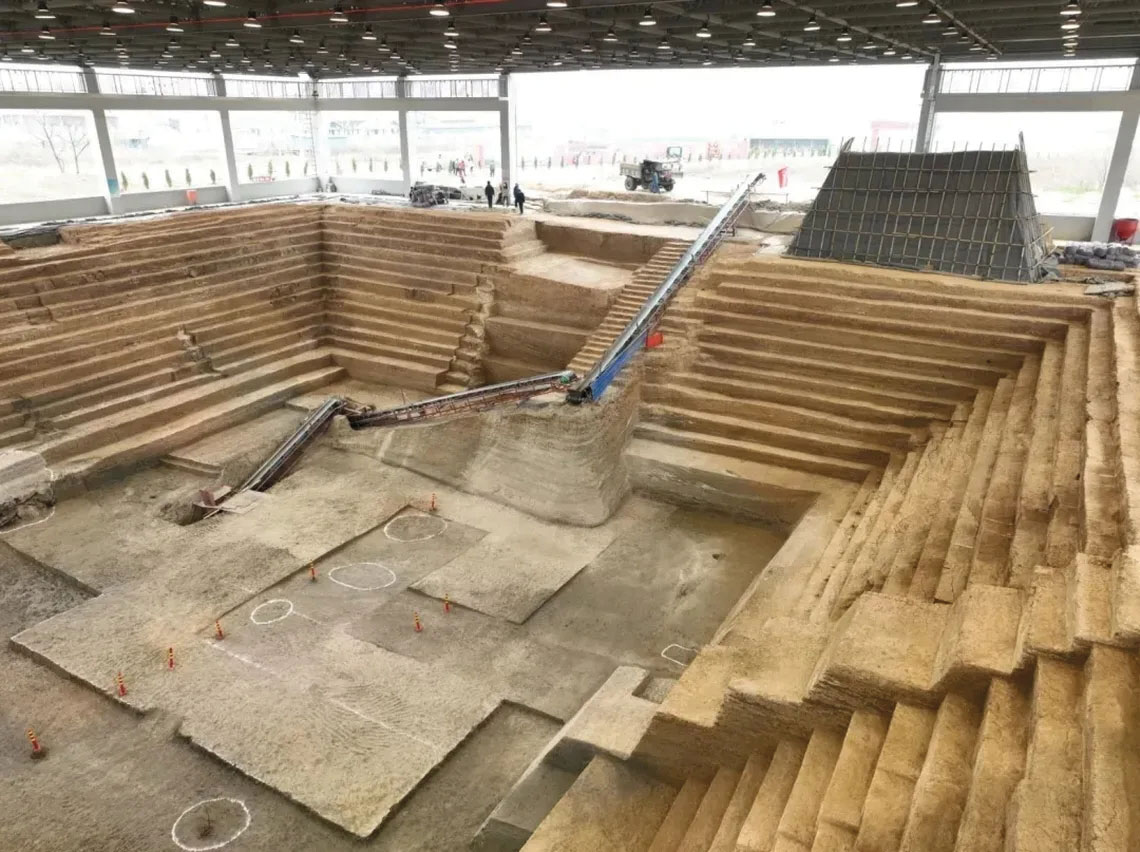
CHINA
The 2,200-year-old Wuwangdun tomb, near modern Huainan, is believed to be the largest and most luxurious tomb ever found in the ancient Chu State. The 370-acre complex was surrounded by a moat and had a cruciform burial chamber at its center. The tomb contained more than 1,000 objects, including weapons, lacquered wood, bronze vessels, and musical instruments. The burial likely belonged to a Chu ruler during the tumultuous Warring States period, when various Chinese powers vied for supremacy.
Related Content

TONGA
When Europeans arrived in Tonga in the 18th century, they described an urban landscape with monumental architecture. Until recently, it was unclear just how old this building practice was. New lidar scanning and fieldwork on the island of Tongatapu revealed a network of roads and thousands of ancient earthen mounds that served as foundations of houses and public buildings dating to as early as A.D. 300. These may be the remnants of the first city founded anywhere in the South Pacific.

AUSTRALIA
Although pottery-making technology existed among some ancient cultures of Oceania, it was long believed that Aboriginal peoples of Australia didn’t produce their own ceramics prior to European settlement. Excavations on Jiigurru, or Lizard Island, located 20 miles off the coast of northern Queensland, have uncovered ceramic sherds made from local clay that are 2,000 to 3,000 years old. This is the earliest example of pottery found in Australia and demonstrates that knowledge of ceramics in the region is far older than previously thought.
Related Content
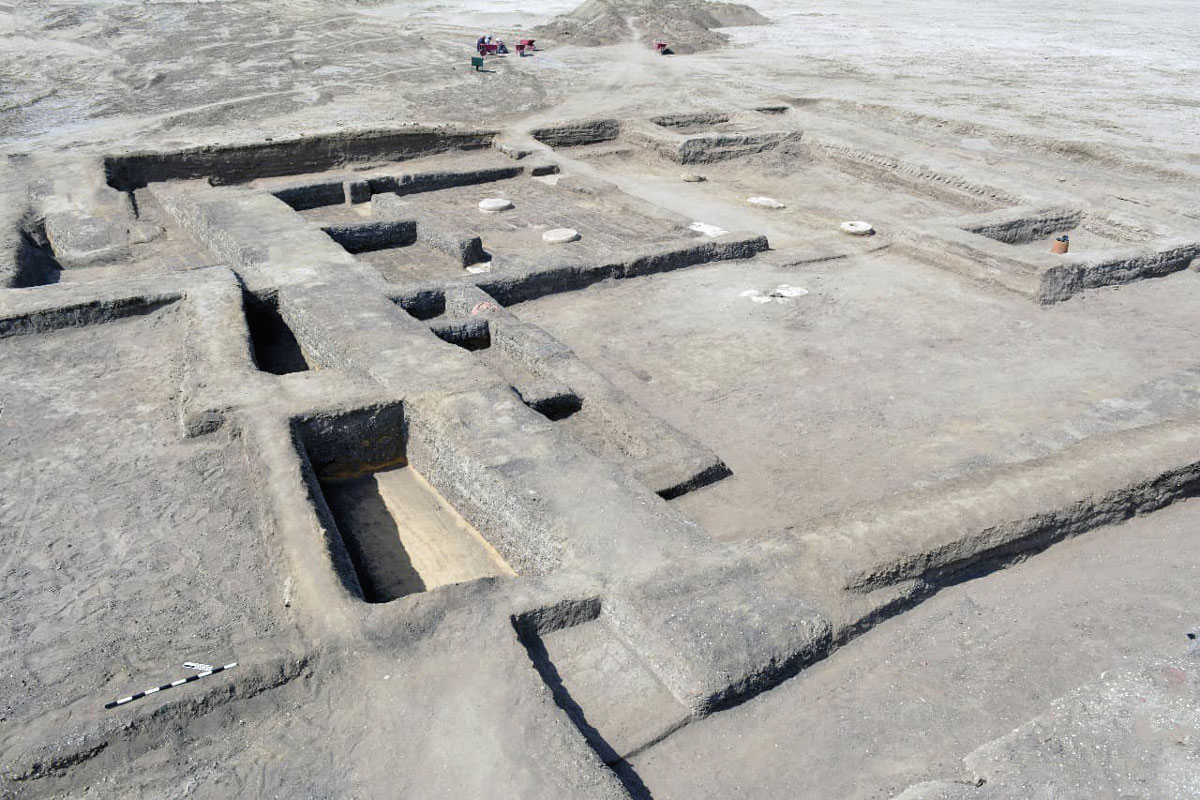
EGYPT
A fortified compound at Tell Habwa on the Sinai Peninsula may have been associated with the military campaigns of Thutmose III, one of Egypt’s greatest pharaohs. Along with other military installations, the compound was located on the Horus Road, which led from Egypt into the Levant. Scholars think the building might have been used by Egyptian soldiers, and perhaps even by the pharaoh, as a rest house. Thutmose’s troops would have marched along this route on their mission to expand Egyptian territory eastward in the 15th century B.C.
Related Content
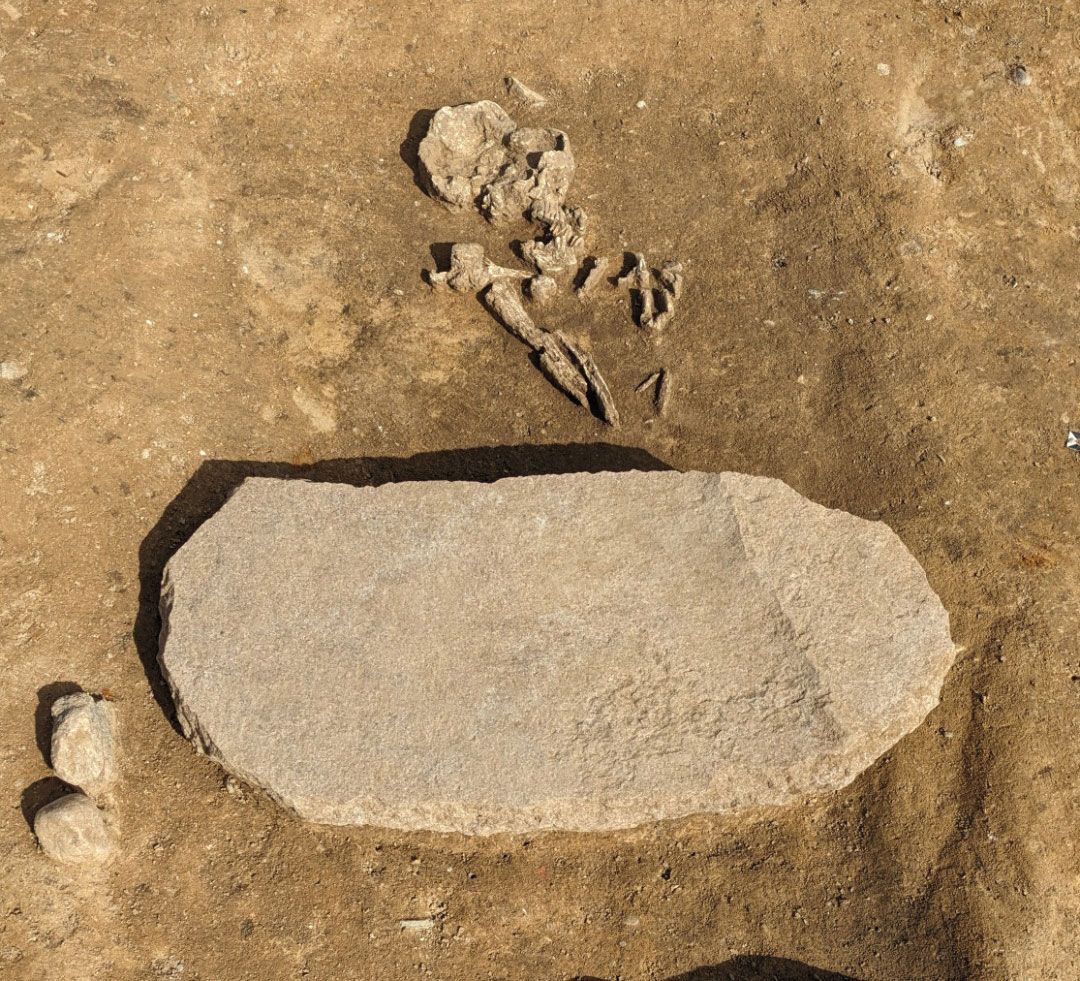
GERMANY
Workers installing electrical infrastructure in the state of Saxony-Anhalt were startled to happen upon an unusual 4,200-year-old grave. The legs and lower body of a 40-to-60-year-old man were covered by a large stone block. He belonged to the Bell Beaker culture, which, like many other ancient cultures, may have feared revenants, or spirits that returned from the dead. The block may have been a way to ensure the man remained safely interred for eternity.
Related Content
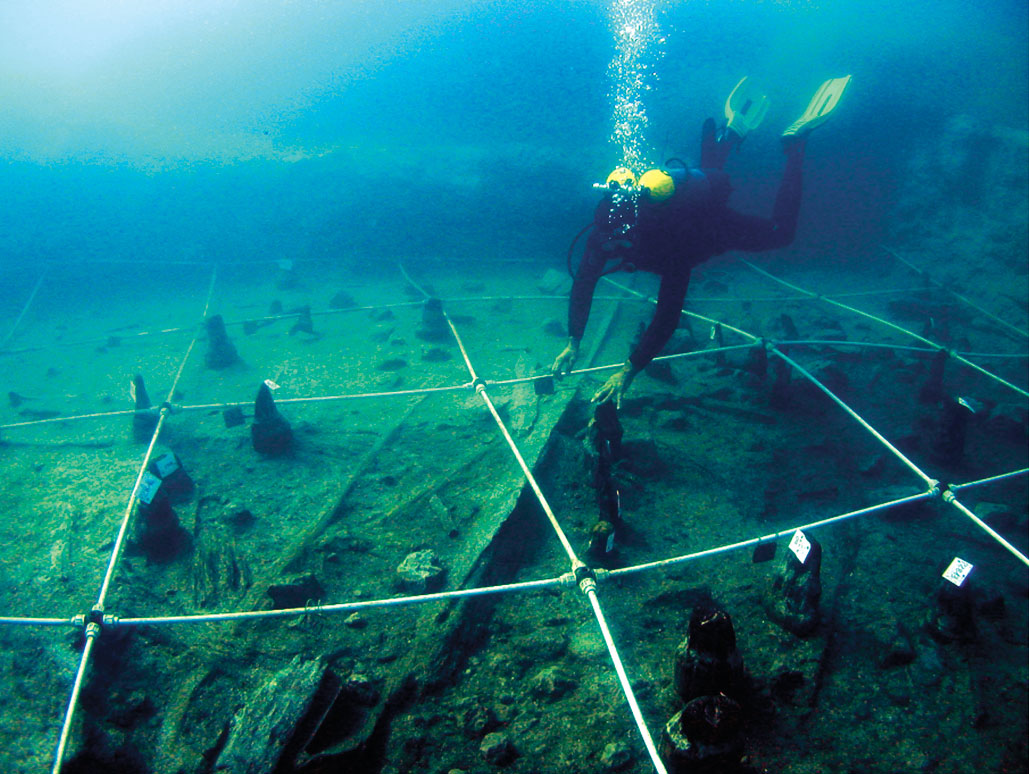
ITALY
Five canoes recovered 35 feet underwater in Lake Bracciano, northwest of Rome, are thought to be the oldest boats ever found in the Mediterranean region. The vessels were discovered at the site of the Neolithic village of La Marmotta, which was occupied more than 7,000 years ago. The canoes were constructed from alder, oak, poplar, and beech, and the largest is 35 feet long. These technologically advanced crafts would have been capable of sailing on the Mediterranean, which was accessible from the lake via the Arrone River.
Related Content

ENGLAND
Judging from the high-quality glass, pottery, and carved gemstones found at a bathhouse in the city of Carlisle, the facility was frequented by upper-class Romans—perhaps including the emperor himself. Among the finds was a clump of Tyrian purple dye, the most expensive commodity in antiquity. Made from sea snail secretions, the pigment was reserved exclusively for royalty and the very wealthy. This is the only example ever discovered in England and may be connected with the emperor Septimius Severus’ visit to Carlisle in A.D. 208.
Related Content

VIRGINIA
Did George Washington chop down the cherry tree to make a popular 18th-century beverage? While working on a project to revitalize Washington’s home, Mount Vernon, archaeologists found a pair of sealed glass bottles in the cellar with their contents preserved. The bottles date to when Washington lived in the mansion and were buried beneath a brick floor installed in the 1770s. The contents included cherries, pits, and stems. They may be remnants of cherry bounce, a fruit-infused brandy the Washington family often enjoyed.
Related Content

MEXICO
During the 1st millennium B.C., Teotihuacan was a thriving metropolis of at least 100,000 people, but the city was abandoned around A.D. 650 for reasons that aren’t fully understood. New analysis of 3 of the city’s monuments—the Pyramid of the Sun, the Pyramid of the Moon, and the Temple of the Feathered Serpent—revealed telltale signs of seismic damage. Researchers now believe that 5 megathrust earthquakes struck the city between A.D. 100 and 600, likely hastening its collapse.
Related Content
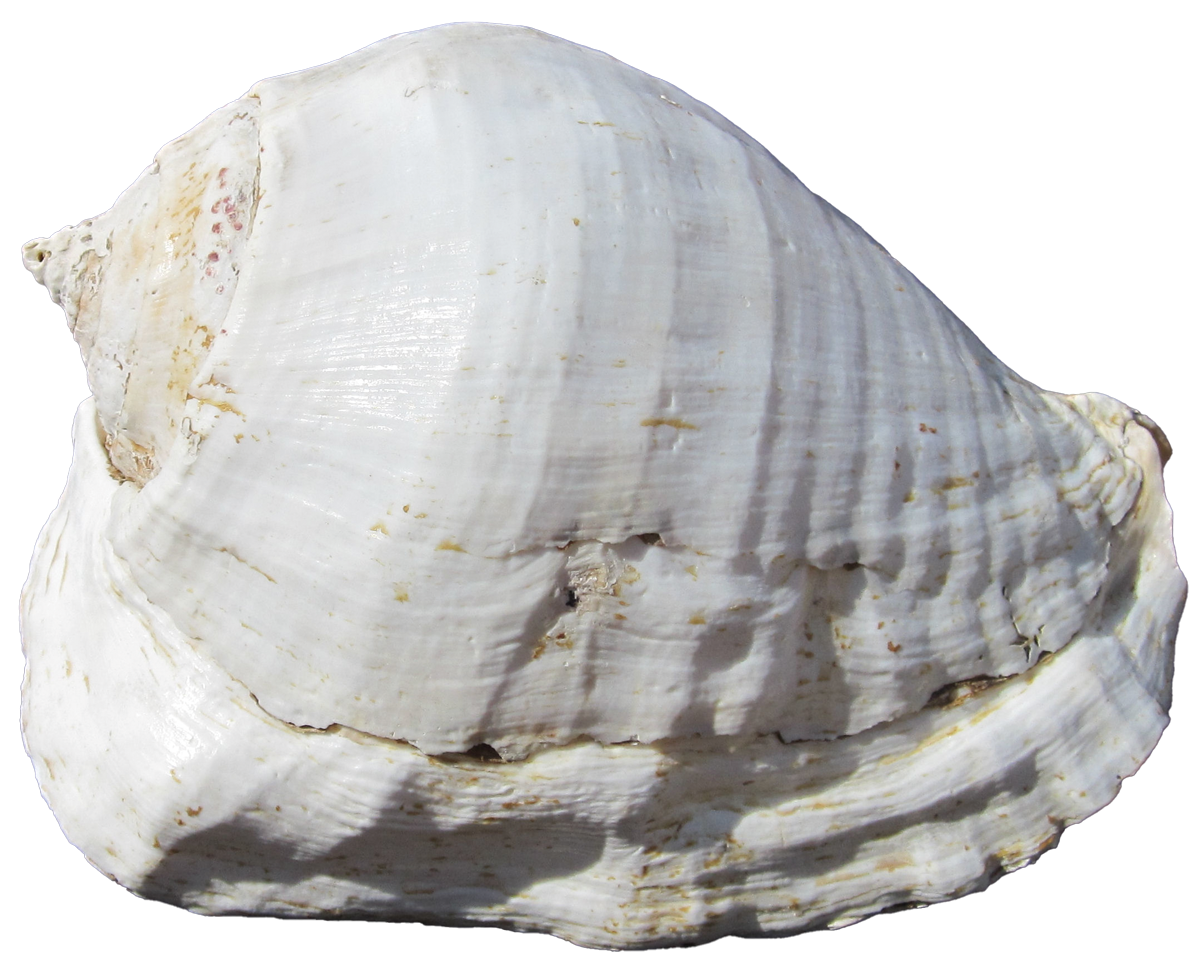
NEW MEXICO
Between the 9th and 12th centuries A.D., when Chaco Canyon was the center of Ancestral Puebloan culture, someone was always listening—especially for the sound of a conch-shell trumpet. Chaco was home to more than a dozen communities, and as many as 200 smaller settlements existed along its periphery. Results of a recent study relying on computer modeling indicate that each settlement was within hearing distance of a trumpet blast from at least one neighboring village. The instruments may have acted like medieval church bells, signaling important announcements.


